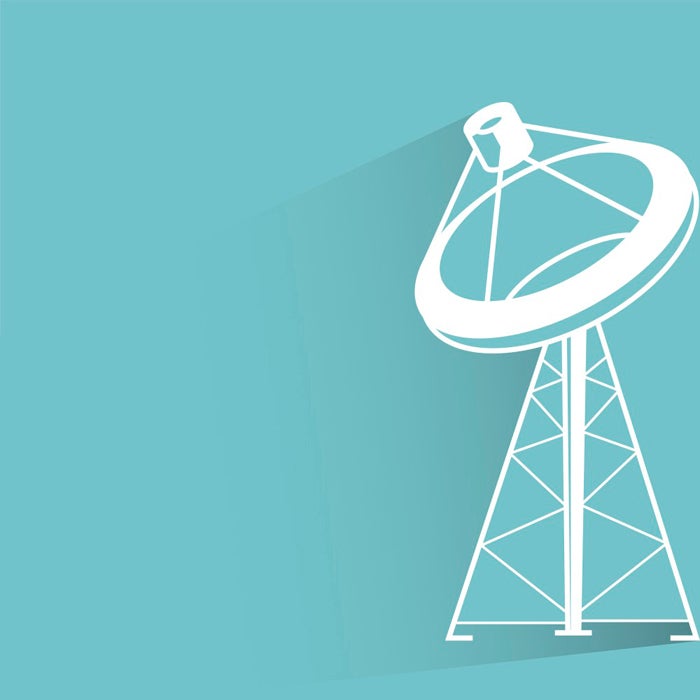Linear is a dish best served programmatically.
On Wednesday, Dish Network announced Dish Connected, which is a way to package linear and streaming inventory programmatically.
Dish already sold some linear inventory programmatically, but targeting was still done on a one-to-many basis. Now, advertisers can buy linear ads as one-to-one addressable spots alongside Sling TV, Dish’s streaming service.
Kevin Arrix, SVP of Dish Media, the company’s ad sales division, told AdExchanger that Dish expects this product to triple its monthly availability of biddable impressions, from 1 billion to 3 billion.
TV publishers are embracing programmatic because it typically represents new demand, Arrix said. Although the ad industry loves talking about convergence, linear and programmatic buying teams are often still separate.
Selling more linear inventory programmatically, including live content, should attract more digital-first buyers. Plus, live audiences are popular with advertisers.
Dish is now piloting the solution with a select group of agencies, including Horizon Media, Havas Media and Camelot, and plans to make the solution publicly available during the second week of June.
Behind the scenes
Buyers in Dish Connect will be able to use their own first-party data to target their audiences programmatically through the DSP of their choice. Dish sells this offering through private auctions using supply-side platform Magnite.
Dish’s pay TV and Sling TV subscribers have very little overlap, Arrix said, so the network expects net-new demand from advertisers looking to reach both streaming and linear viewers with a single buy.
Inventory bundling is a trend right now in the TV industry for that exact reason: It allows networks to pitch a broader and more scalable audience to advertisers.
For example, Camelot reaches more of its target audience when buying addressable linear alongside connected TV thanks to the limited overlap in audience plus more precise targeting, said Juliet Corsinita, head of convergent video buying.
Still, making linear inventory available through programmatic channels was a multiyear project that caused a few technical hiccups, including black screens and frozen ads. Splitting up live inventory into addressable ad calls requires creating more unique ad tags that are ready for real-time bidding by the next ad break.
But now that Dish is finished building the necessary infrastructure, it’s able to meet the advertiser demand for addressable linear inventory.
Dish is also working with third-party partners FreeWheel and Invidi for some help with pod placement to make sure ads deliver smoothly.
Changing the program
As much as the TV industry heralds programmatic as the future of all ad buying, most spend outside of insertion orders is going to programmatic guaranteed deals instead of biddable environments.
Programmatic guaranteed is preferred by many buyers because it emulates traditional insertion orders, except with more automation. It guarantees delivery in the premium inventory advertisers are looking for, and it’s comfortably familiar to linear TV buyers.
The preference for programmatic guaranteed doesn’t mean biddable impressions are a second choice. Most media companies push for guaranteed commitments because they want a better sense of how much money they’ll make on their inventory, which is the whole point of the TV upfronts (although that’s beginning to change).
Biddable environments – namely, private marketplaces – have their advantages. Buyers can compete for lower prices on the inventory they want and make in-flight changes to their campaigns based on performance.
If buyers can move dollars around within a programmer’s inventory to better manage reach and frequency, that in turn also drives higher yield for the publisher. “Biddable works better for both sides,” Arrix said.
Upending the way TV ad buying has always been done is a process, though, and many legacy TV buying teams are still more comfortable in the programmatic guaranteed zone, Arrix said.
But, over time, he said, “more and more TV ad dollars will shift from programmatic guaranteed to biddable.”















